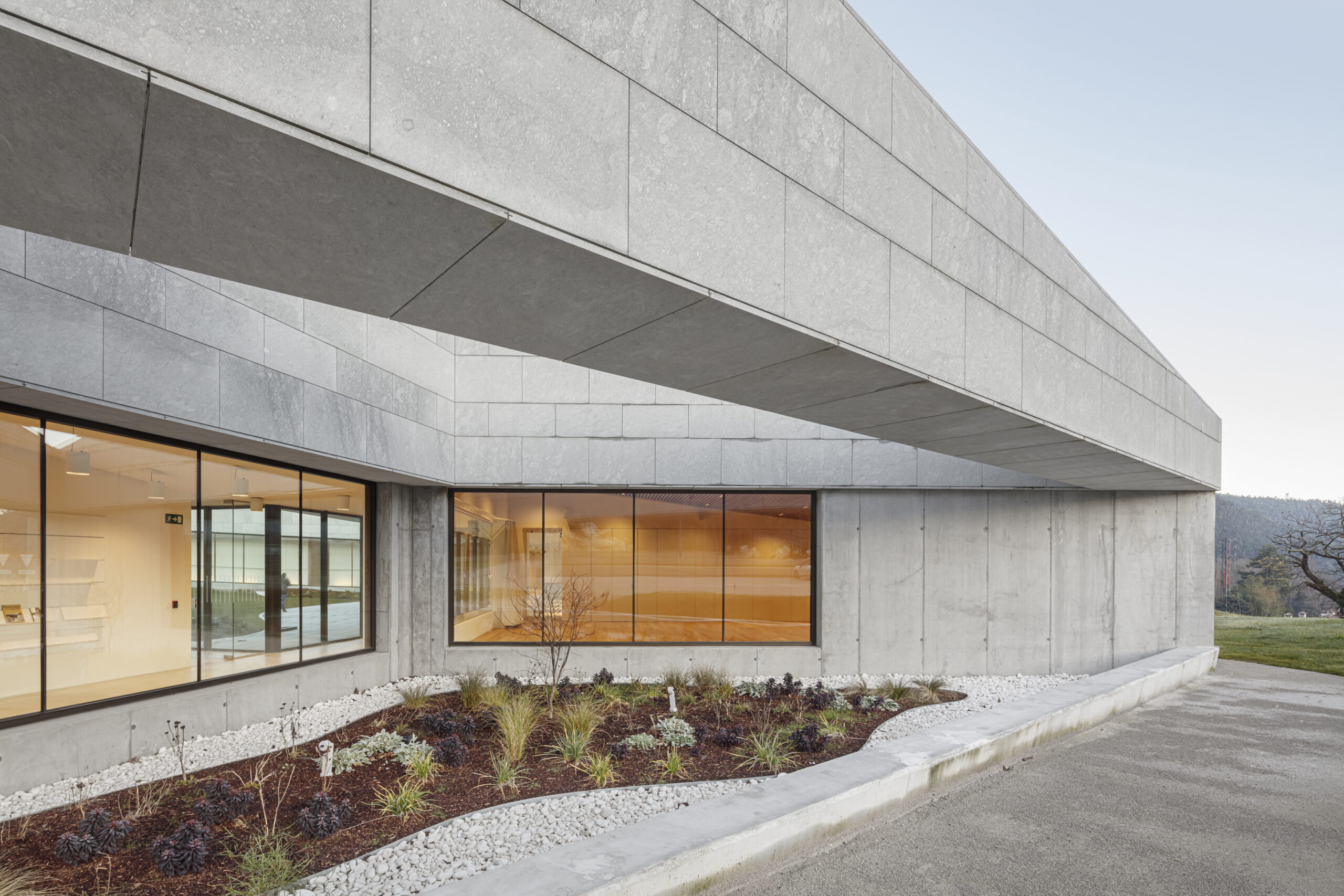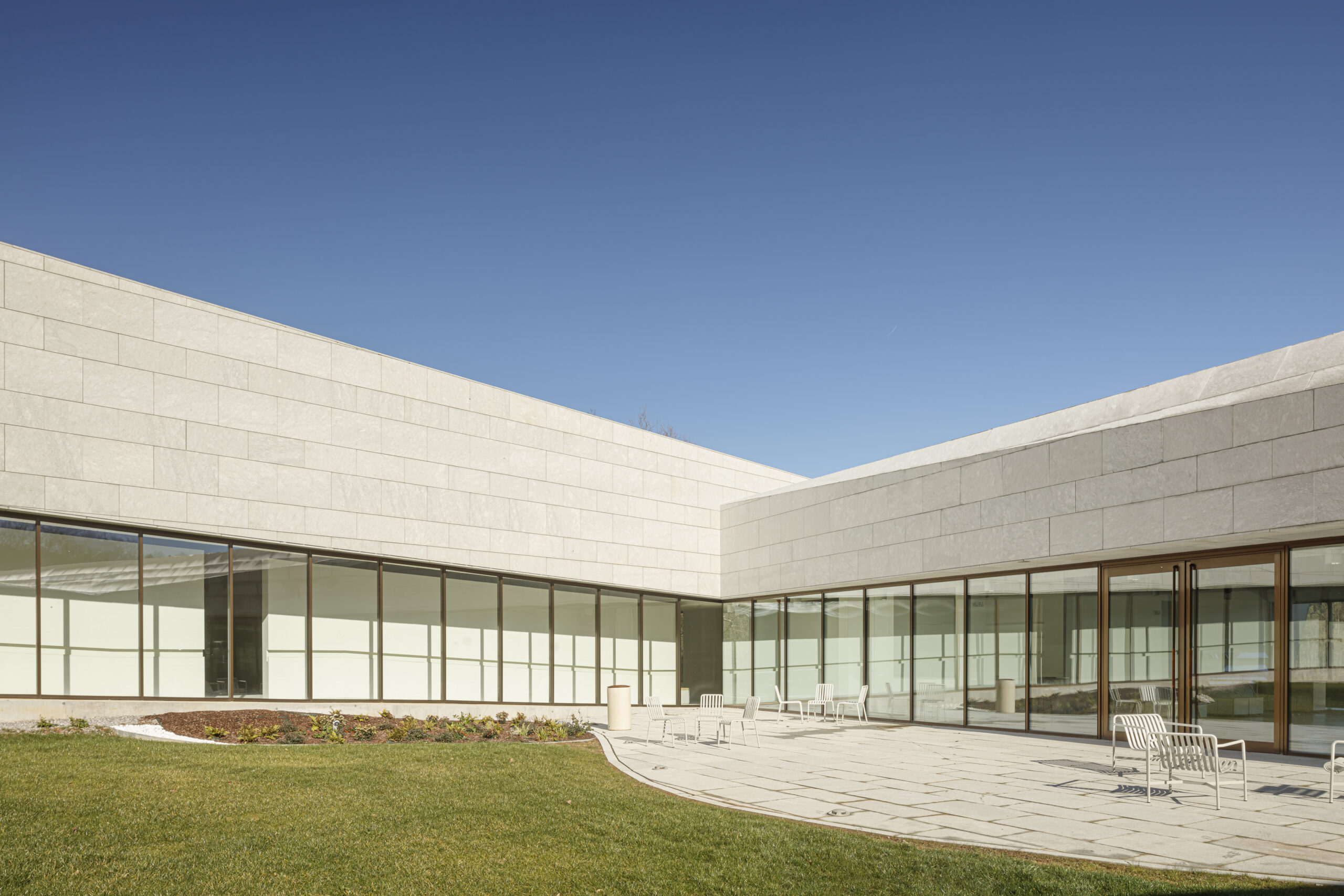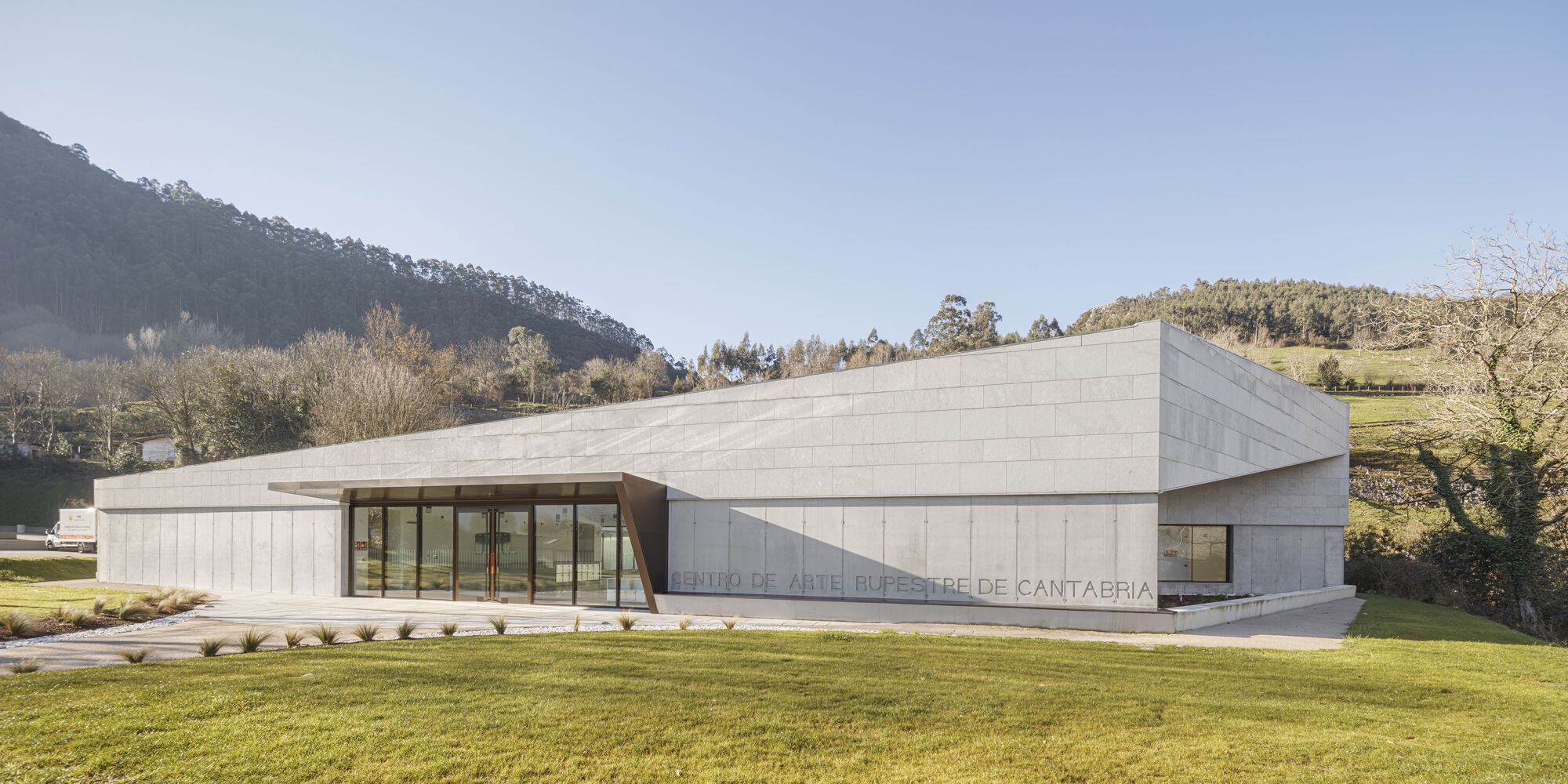Type of site:
Visitor reception and interpretation centre
Place of location: Monte Castillo
Village/Town: Puente Viesgo
Municipality: Puente Viesgo ()
Region: Cantabria
State: Spain
Website: https://cuevas.culturadecantabria.com/centro-de-arte-rupestre-de-cantabria-horarios/
E-mail: reservascuevas@culturadecantabria.es
Natural Environment:
Cantabria Rock Art Centre “Alberto I de Mónaco” is located in the municipality of Puente Viesgo, which is the capital of the historic Toranzo Valley, in the middle valley of the river Pas.
It is about 20 kilometres from Santander, Cantabria, and has a small population of about 3,000 inhabitants.
The village lies at the foot of the mountain of El Castillo (a regular cone-shaped peak), where there are several caves containing examples of Palaeolithic art.
Archaeological evidences in the site:
Monte Castillo, a place that was a geographical reference point for prehistoric populations, due to the fact that it contains important cavities with evidence of human occupation that began around 150,000 years ago and reached up to the Middle Ages.
Of all the caves, five stand out as they contain evidence of the graphic and symbolic activity of the human groups that inhabited Europe between 38,000 and 11,000 years ago. The most outstanding is the cave of El Castillo. The other four, Las Monedas, Las Chimeneas, La Pasiega and La Cantera, complete the exceptional group of caves with Palaeolithic cave art.







